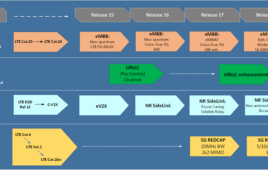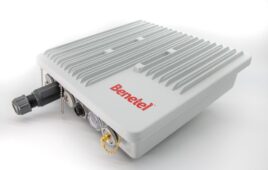Apple has reportedly turned to Intel to supply chips for some versions of its iPhone, signaling an attempt by the tech giant to diversify its supplier base.
According to Bloomberg, the Intel chips will be used in iPhones made for AT&T’s network in the Unites States. Apple will continue to use chips from current supplier, Qualcomm, in iPhones sold for use in China and on the Verizon network in the United States, the report said.
The shift is consistent with comments Qualcomm CEO Steve Mollenkopf made in April during the company’s first quarter earnings call. At the time, Millenkopf said Qualcomm was expecting one of its major customers to take on a second supplier.
Apple’s rival smartphone maker Samsung also uses Qualcomm, but already uses several different component suppliers.
Despite the anticipated change, Mollenkopf said in April Qualcomm is “comfortable with our margin targets and our improving financials in the chip business in the second half (of 2016).”
The order represents a major win for Intel, which has been struggling thanks to a drop in the global demand for PCs. In April, Intel announced it would cut 12,000 jobs, or about 11 percent of its workforce, as it shifts to refocus on new areas of computing like data centers, wearables and other Internet-connected devices.
Intel’s gains from the deal could be quite substantial.
BTIG analyst Walter Piecyk has forecast AT&T will sell around 22 million iPhones in 2016 and 23 million in 2017, Bloomberg said. Verizon, by comparison, is estimated to sell 21 million iPhones this year and 22 million next year.




